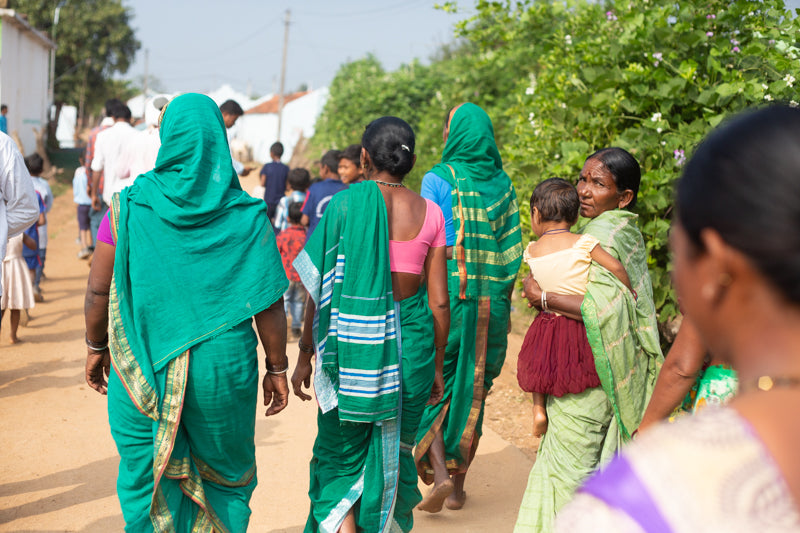The whakapapa of our cotton : The Seed and Farm. Chapter 3





Cotton is a renewable, biodegradable natural wonder. But its cultivation requires a lot from our taiao. Pesticides and fertilizers not only harm the ecosystem – they cost human lives.
Converting from conventional to organic is not simple or quick process. It takes 3 years for soil to become pesticide free, so the first 3 years of harvest cannot be sold as organic cotton, meaning more work and less income. 3 years is a long time in the life of a small farmer – it could mean no food for their whānau.
The Intiative we work with, Chetna Organic, trains whānau to grow different cash crops they can sell during the transition, has established seed banks (wāhine are esteemed as the intergenerational 'keepers of the seed'!), runs schools for children, coordinates the training and up-skilling of community members. Essentially they make sure that farmers who commit to the organic kaupapa have a good quality of life, and an incentive to convert to organic cotton.
The efforts have paid off. Even if it takes 3 years, it is a good idea because they get better health and a higher net income. Doing it together as a community helps as well. Today, the village has 96 families with a total of 287 members and is a part of a co-operative of 4000 farmers. All farms in this village are 100% organic, rainfed farms and have been growing organic cotton for 10 years.














Comments on this post (1)
AMAZING!!!
— Te Au